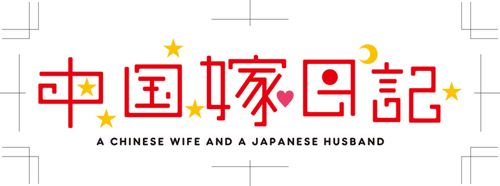Akio Hirata versus Nendo at Spiral Garden
Back in June, the Spiral Garden in Omotesando of Tokyo featured a retrospective exhibition of hats designed by Akio Hirata. Hirata, aged 86, has been the top hat designer during the last few decades. This retrospective exhibition, however, turned out to be an unusual one, thanks to Ooki Sato, a leading designer under the alias of Nendo, in charge of exhibition design. It also attracted a lot of attention. The original 12-day exhibition period was extended for one week. See this page for the photos of exhibition.
About a month on, Excite Ism, probably one of the best online magazines in the field of design in Japan, published the interview of both Hirata and Nendo. It reveals behind-the-scene episodes of this exhibition, which is intellectually stimulating in terms of design process.
The basic idea of exhibition is to display Hirata's hats among milliards of white, ordinary, mass-produced hats so that Hirata's originality will be enhanced in the eyes of viewers. It is true that Hirata's hats are very original. It makes you realize that the shape of a hat can be so flexible even though the purpose of a hat is usually thought to constrain its shape. Originality will be enhanced if it's surrounded by ordinariness.
Another key word to describe Hirata's hats, says Nendo, is freedom. Not a single hat looks similar. Therefore, it is inappropriate to show his hats in a standard, one-dimensional way of exhibition. Viewers should freely walk around and should feel the way they feel about these hats, rather than the way the curator describes them.
So what Nendo came up with is a space with white, mass-produced hats floating in the air rather randomly as if these white hats were clouds in the air. Although the interview doesn't mention this, I imagine those mass-produced hats should have been nothing else but white. White is the color of nothing, the farthest end of the spectrum from Hirata's originality. Now, these white hats should be hung in the air, not on the ground or on the raised platform, because that's how a hat is worn. A hat is raised above the ground but hung in the air by the person who wears it. When these white hats are hung in the air in a way of freedom, it must have been a logical progression to see them as clouds. This analogy gives an extra meaning to the way viewers see these hats by random walk: straying amidst floating clouds, which is a day dream or a fantasia. And each of Hirata's hats is a fantasia.
The interview also reveals that Nendo's initial idea was actually modified and enhanced by Hirata, who slightly changed the design of these white hats. Which is not Nendo's intention. However, once these white hats came to life under the supervision of Hirata as the professional hat designer, the space itself also came to life. Once each white hat became beautiful, says Nendo, the whole space also became beautiful. This episode reveals that good design comes out of interactions between designers, not solely from one individual designer's own idea.
Another important element that led to the success of this exhibition is the material used for those white hats. Nendo chose Smash, which is "a unique non-woven polyester fabric developed by textile company Asahi Kasei" (in the words of a Wallpaper magazine article). Since Hirata often uses natural fabric, Nendo says, the latest chemical fabric would make a great contrast. But it turns out that Smash creates a nuanced light reflection just like the real clouds.
The gallery space is also unique in the sense that it's got a high ceiling and there is a spiral staircase that surrounds a spacious circular exhibition space at the rear. Thanks to this structure, viewers can observe the cloud of white hats from above as well as from below, allowing them to appreciate Hirata's hats even more because Hirata's design changes its appearance depending on from which angle you look at it.
Nendo's design concept of creating an exhibition space in stark contrast to Hirata's hats, Hirata's professionalism as a hat designer, the unique structure of the exhibition space, and the characteristics of the material used (Smash) all interact with each other, often unintentionally, to enhance the attractiveness of Hirata's hats to full extent.
I believe that good design is the one with solid logical backing. This exhibition is an example where such solid logical backing was created by unintentional interactions of designers, although such "unintentionality" probably didn't materialize without Nendo and Hirata's consistent approach to design.
